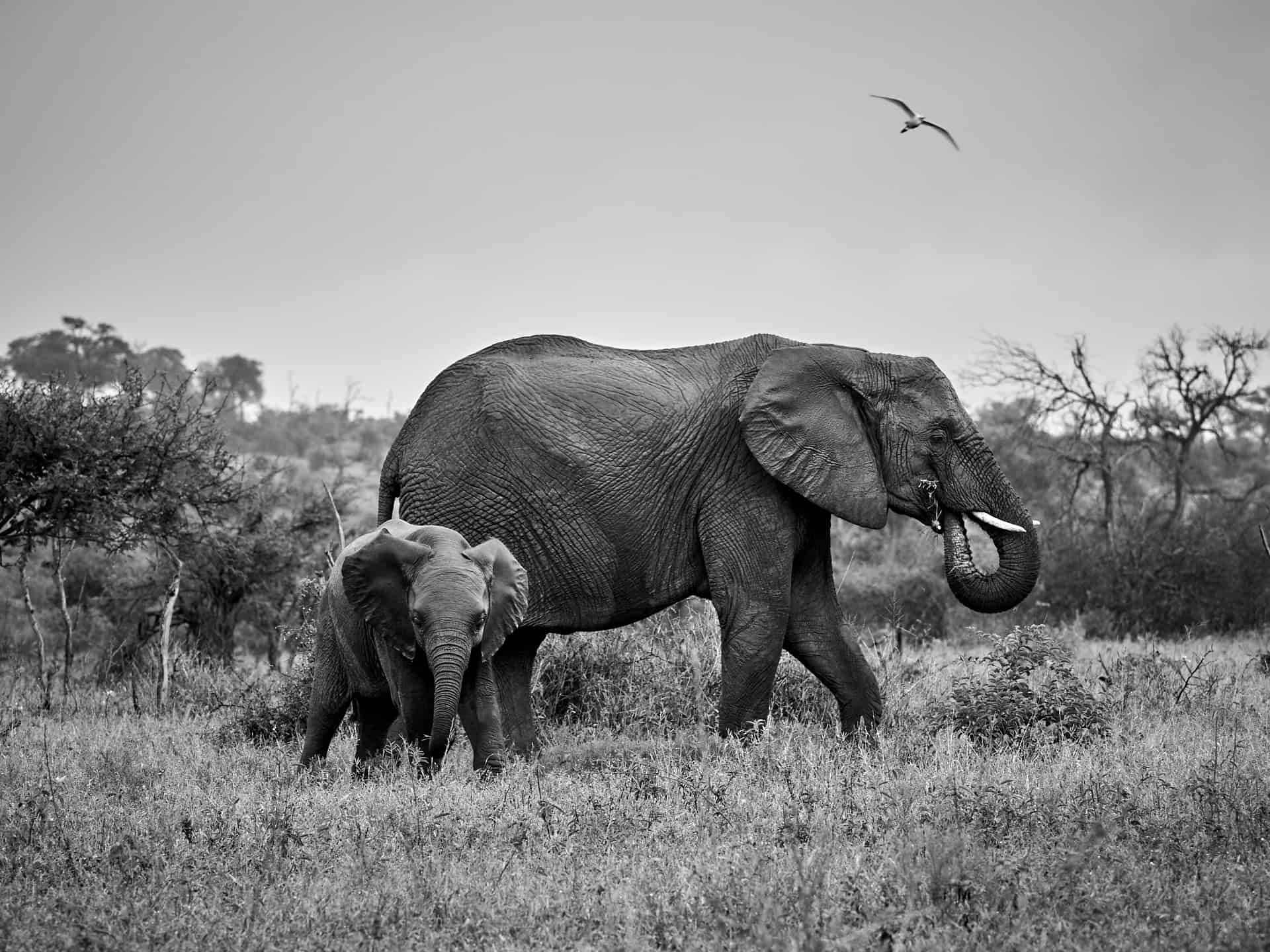
Wildlife Photography – An Interview with Rob Cottle
Few of us have the kind of dedication that sees us wade up to our chest in chilly water to sit and wait for the perfect moment. It’s a level of patience that results in not only beautiful moments, but in Rob Cottle’s case, intimate portraits of wildlife in their natural habitat.
From capturing the beauty of bird life amidst the scenic lakes and coastlines of the UK to documenting the big five on sweeping African plains, Rob’s work is intriguing and ethereal. It’s as if he’s photographing little glimpses of their lives, insights into the daily adventures of these creatures and offering a peek at their personality.
Rob is a fellow Olympus photographer and mentor and if you don’t already, be sure to follow his work on Instagram @robcottleimages, his Instagram stories are worth a look especially when he’s out and about; funny and informative!
I sent Rob a few questions about his wildlife photography and loved his answers. I know they’ll will fill you with the inspiration and motivation to get out there amongst the fresh air and capture your own moments.
Over to you Rob…
Can you share a little about your photography journey + career so far?
My first camera was given to me by my parents and it was one of their cast offs, a Kodak Box Brownie, extremely rudimentary point and click before point and clicks were invented. I had absolutely no idea what I was doing with it or for that matter the next bunch of cameras I bought. I even had a polaroid that was pretty awful although it was rather magical to see the print coming out the front like a photographic tongue. I basically used a camera to diarise what I was up to rather than artistic. It was especially useful in my teens and on, as I documented my musical activities such as gigging, studios and behind the scenes (although most are woefully underexposed). Similarly, I’ve been lucky to visit some wonderful locations around the world and always took a camera to document travels. My first trip abroad, which was to Canada, somewhere I had always wanted to visit, I thought I should take a good camera with me so, I borrowed my brothers Pentax SLR and I can remember him saying just move the lens to infinity and it will be fine! As it happens, it was okay as nearly everything I took was of a landscape but of course the snow was mostly exposed to grey! It was the holiday side of things though where photography started to become more of a ‘thing’. I was returning home and looking at my photographs thinking ‘that wasn’t what I saw’ and decided I had to look at how to improve them. Also, wildlife became more of a reason to visit places and I really wanted to capture not only what I saw but also in a way that did them justice. My first competition entry, an elephant on a visit to South Africa, ended up as runner up in the wildlife category of Holiday POTY so of course, from then on photography became more of an obsession.
I’ve been lucky enough to supply articles, reviews and images to magazines (and the odd book), run workshops and webinars/talks. I am an Olympus Mentor of whom I often write blogs for, along with a few Instagram takeover appearances and hopefully when we return to some normality, run workshops for them again. I am currently writing a book about travelling to the Kruger which if all goes to plan should be published in the Autumn, when hopefully restrictions will be lifted, allowing us to return.
What is your go-to lens and camera for photographing birds?
Well things have changed considerably in the last month, as I’ve been fortunate to get my hands on the new 150-400mm and it really is as good as the price and reviews say. It is heavier but at the moment I feel it’s worth my dodgy shoulder and back being irritated! So many people have asked to try it and all have said the same thing as they are handed the gear, ‘that’s not as heavy as I thought it was going to be’. Up until receiving the ‘beast’, I had been using the 100-400mm f/5-6.3 which is an extraordinary lens for the price and of optical quality way above its price grade. It is a super versatile zoom, to the extent that I had resigned my 300mm to the shelf. I’m using the OMD EM1 mk3 as it fits my hand nicely and it is lighter in weight than the 1X. I don’t use bird AI so it’s not really necessary.
Have there been any mishaps while out photographing?
Multiple! On one of the Olympus Instagram takeovers my precariously tripoded mobile ended up in the lake as I was trying to talk to it. My camera and I have often spent quality time in the water and I can’t tell you how many times I’ve picked up my bag only to find I haven’t zipped it up and things have flown everywhere, my gear does look well used. Of course, I am often laying in something I shouldn’t and on many occasions the ‘Darth’ waders of which I use to bathe in the lovely warming Welsh waters, have filled with water, negating the reason for wearing them! On a similar note, as I’m often in the water for a couple of hours and find my arms drooping from fatigue, my jumpers are soaked by the time I finish. On a larger note, I have had to rapidly reverse from agitated flappy eared elephants whilst in the Kruger National Park, South Africa (where I am self-driving) and was once completely surrounded by elephants popping up out of nowhere (they have the amazing ability to hide their bus like physique behind the smallest of bushes), strangely calming and terrifying at the same time.
What might be something people don’t expect when photographing birds?
They are often more forgiving than you think and if you have a bit of patience, are becalmed and try to be immersed in their environment you can get a lot closer than you expect. A lot of my bird photography is about being in place and letting them come to me. I also think people will be amazed how exquisite our colour challenged friends the ‘little brown jobbie’ is once they look closely. The name given is totally wrong and puts people off from capturing our common birds. What they lack in colour they more than make up in extraordinary detail. It’s more down to ‘really’ looking closer and expanding the pallet of ideas from which to compose from.
Can you share a couple of tips you believe are crucial to capturing a sharp image of moving subjects?
Actually, it’s one tip that works on multiple levels, find and use light. Light will enable quicker shutter speeds but it will also improve the look of your image. Don’t be afraid to expand your ISO as high as necessary to allow the shutter speed to capture what you need (because you don’t necessarily need a sharp shot). If you don’t capture what you wanted you will delete the image anyway. On a side note, very rarely is an image unusable because of a high ISO, unless it’s stupidly high of course. Once you use your image in context, be it in print or even in a magazine, most noise will be unnoticeable. If you have the means, it’s worth printing images once in a while to A3 or similar to see how the noise is really affecting your image, I think people will be surprised at what can’t be seen. A great book that I recommend on many levels for wildlife photographers is 50 years of the Wildlife Photographer of the year (the Oscars of wildlife competitions) and you will be amazed how bad some of those images look, even some that are only 20 years old however in most cases, the images are just as relevant, as composition and context are everything, not how sharp or noisy an image is.
Where are some of your favourite spots to photograph wildlife?
My local area – I am huge advocate of using and photographing your local area and its fauna and flora. I am also a massive fan of photographing our more common species and look capture them in new or interesting ways. The best images come from vising areas time and time again, simply because more visits will result in more images and will allow you to work and improve on ideas and because you are local you have the ability to return quickly to follow up on ideas. You also get to know the right areas and can hone your thoughts along with your craft. Working close to home also allows you to practice and not to waste hard earned cash by leaving it to last minute should you be lucky enough to travel
Skomer Island – if this were a place anywhere else in the world, I would still want to visit it. It is a truly magical island off the West coast of Wales, UK that currently holds around 35,000 puffins. I am lucky to be only a few hours drive away and try to visit several times a year in ‘puffin’ season (April to July). Not only can you get up close and personal to our ‘clowns of the sea’ but the island itself is beautiful, often with carpets of thrift, bluebells or campion, all surrounded by blue seas. As the boat steers into the bay, it never fails to make me smile.
Kruger National Park, South Africa – it’s a place I am so happy to have researched as it has meant being able to ‘safari’ more often than I would have, if only the more expensive options were available. It is one of the cheapest ways to be immersed in the African bush and its astonishing wildlife. For three or four days in the Kenyan Mara or similar for one, my wife and I can stay for a couple of weeks and as much a I’m sure there are some better photographic opportunities elsewhere, I just want to feel the atmosphere, hear the sounds, smell the aroma, be up close and see the sights for as long as I can. Because it is a self-drive safari we can also stay on a sighting as long as we want and are often the only ones at a sighting.
I could give you a very long and expensive list! I would love to go back to Costa Rica and India but nearly everywhere I have been I would revisit.
Puffins are quite adorable little creatures to watch, what is your favourite thing about photographing them?
Most importantly, they can’t help but make you feel good. These feathery bundles are incredibly photogenic and always have oodles of character that is wonderful to capture. There are so many photographic possibilities from portraits to rich detail to birds in flight. We only get to see them on land when they are breeding and luckily for us, at their most dandy. Their wonderful beaks are at maximum colour only during this period. As I write this, I have just returned from Skomer Island and saw the magical spectacle of 35,000 puffins carpeting the ground, as the high winds and rain had mostly grounded them, something in the multiple times of vising I’ve never seen, just simply awesome. As an aside, the conditions were super conducive to viewing them but absolute rubbish for photographing them however I’ll take the viewing over images any day.
Do you research or scout locations? If so, how?
Yes, I think it’s one of the most important aspects of wildlife photography. Light as I mentioned many times plays a huge part in my photography so I visit locations to note light direction and patterns, use the Photographers Ephemeris (which is basically Google maps with sun rise and set directions, massively important if the photography is abroad) and learnt a little about meteorology (only enough though!). When on location, I am constantly making a mental note of thoughts for the next time, as that is often how an idea evolves. I will also google the bejeezers out of an area if travelling to a new location or even for areas I have already crushed. The Kruger I re-research every time I go as you don’t know what if anything has changed. Wildlife locations and patterns will have definitely and each visit means I come home with new ideas to work out for the next time. I also think it’s a good idea to google or look at books/magazines (remember them?) for images, not to copy but just give you an idea of what’s possible and an idea for the location.
Does weather play a big role in whether you can produce the images you’re hoping for?
Well light is really my nemesis (and saviour) and living in the land of moisture I should really have come to terms with its lack of appearances by now but haven’t. So my main preference is for good clearish skies during the first or last hour of light. You can often come up with a work around if light is not playing ball and it’s often just trying to work out a way of using what you have in front of you. Even though I despise the rain it does make for interesting images but even then, light needs to combine with it.
What would you consider the ideal photography conditions to be for your work?
First and last hours of good light. You could even hone it down to first and last fifteen minutes. I much prefer to be on my own, with no one around and try to be in ‘the moment’. Early starts are grim but they do make for ideal conditions. A little soupçon of mist is always well received and that often happens on those ridiculously early mornings. Unfortunately, that does reduce the number of shooting days if you only shoot in those conditions.
I know you’ve spent some time in Africa before, what draws you to visit and photograph regions like this?
I love photographing my own area and am a big advocate of using your time at home as much as possible but travelling is of course sooo exciting. Africa especially has an amazing atmosphere and feel to it, that as most who visit say, leaves a lasting memory and desire to return. Being next to iconic animals is such a huge thrill whether I photograph them or not and with photographic opportunities almost endless, I do feel like a kid in a candy shop. Just about every animal is a favourite of mine however if I had to hone it down it would be the elephant and to be able to see them so close here in the wild, living as they should, is a real-life changing moment and quite humbling. Travel does broaden the mind and to some degree I think it can re-energise your work at home too. The problem we now face of course is climate change and wildlife preservation so somehow, we have to balance the two with travel.
Lastly, what advice can you give anyone hoping to improve their wildlife photography?
There is a huge misconception that you need to have the latest or best gear, you don’t!
To capture good images, requires pondering, patience, planning and persistence. A camera will of course help but whilst reviewers and magazines get all worked up about focusing speeds and ISO, the majority of great images are static. It’s the composition, light and subject that are most important and it was only when I had a light bulb moment that it’s about thought and not gear, did I realise that to capture images I would be happy with, I had to think about and find my compositions. Up until then the odds were stacked against me because I only took shots that randomly occurred and anyone who is into their wildlife photography will know it’s hard enough to capture as it is but handicapping yourself to brief moments makes it nigh on impossible to take anything but record shots (which I still do and is of course fine but in general, isn’t really what we want to capture). I think the biggest piece of advice I can give and again it doesn’t cost a penny (dollar, rand, rupee, add your own monetary choice) and should become any wildlife photographer’s mantra, is ‘just be there’. It sounds obvious but the more you go out, the better chance you have of capturing something simply because you improve your odds by repetition and quantity. The often-quoted sports saying ‘the more I practice the luckier I get’ is just as pertinent to wildlife photography. Even if you don’t capture something, by being out there you are constantly improving, thinking and even making mistakes, from which you often learn more. A lot of my images have come about simply because I was out there and an idea sparked to life in front of me or maybe because I made a mistake which led to a new technique or composition. Another thing that definitely helped me was deciding to concentrate mostly on wildlife/nature photography as it stopped my mind from being muddled by other thoughts. This allowed me to be specific, enabling me to work and hone ideas, technique and even equipment. It also meant I was able to keep things simple and to be clear headed, well as clear headed as I can be anyway!
One other point that is often missed, a background is as important as the subject. If your subject is not against a sympathetic background, your image will be wasted by not being shown to its maximum potential. Often, it’s a simple case of moving a little or being aware of what’s in your viewfinder, which is where the Olympus mirrorless viewfinders are so handy.
Thanks so much Rob for sharing these insights into your creative process and photography. If you want to see more of Rob’s work and follow his adventures, head on over to @robcottleimagery on Instagram
To keep reading related articles you might wish to explore these –
Photographing on Safari – A Bucket List Adventure in Africa
Behind the Lens – The Olympus Photographers
Photogenic Experiences around Hoedspruit, South Africa
Macro Photography – An Interview with Geraint Radford

Hello! I’m the founder and photographer behind The Wandering Lens.
With 19+yrs experience as a professional travel and landscape photographer, all advice found on this site is from my personal experience, or that of contributors, on the road. I hope it’s useful for your own travels and would love to hear in the comments about your trips and experiences around the world.

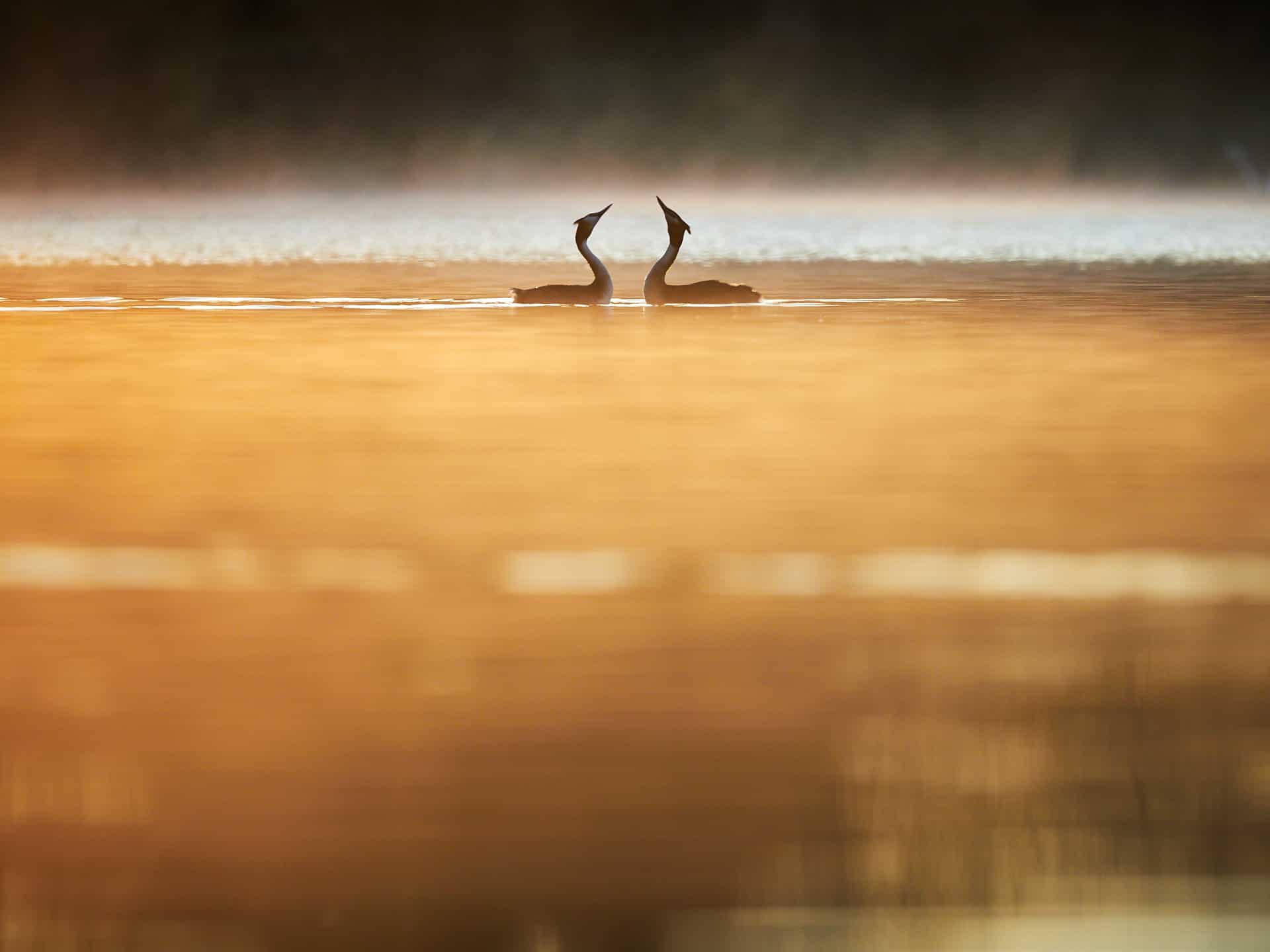
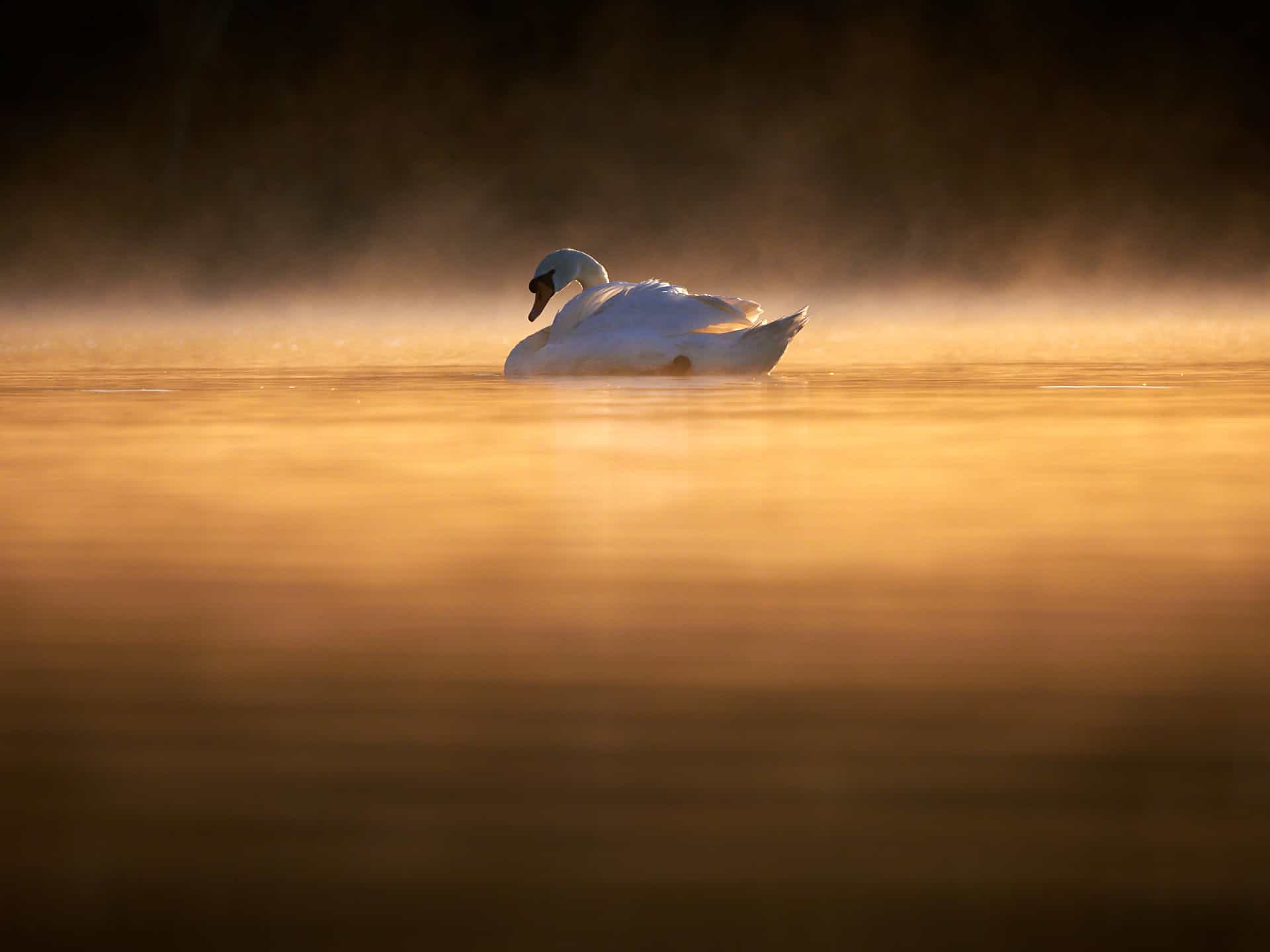
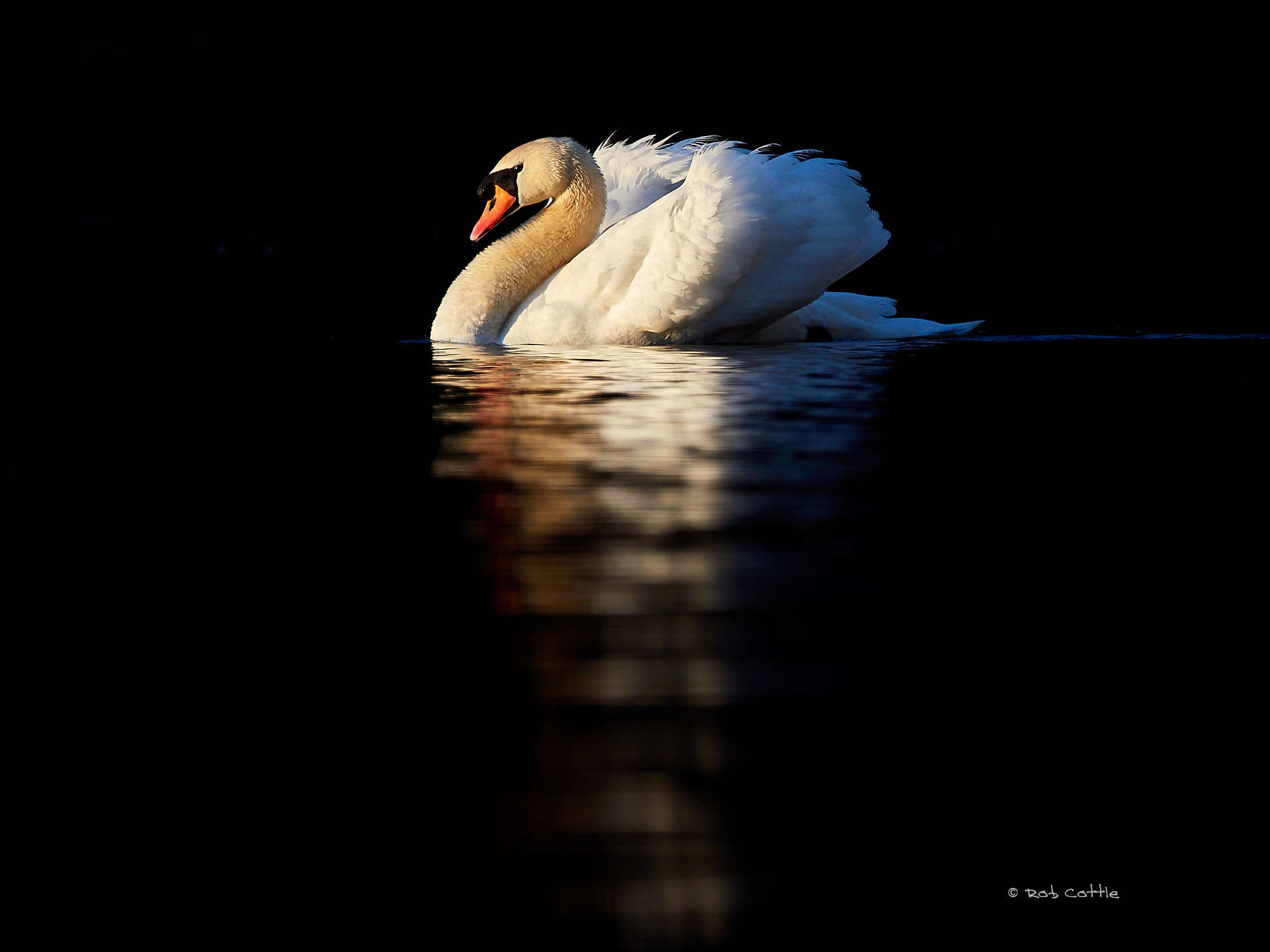
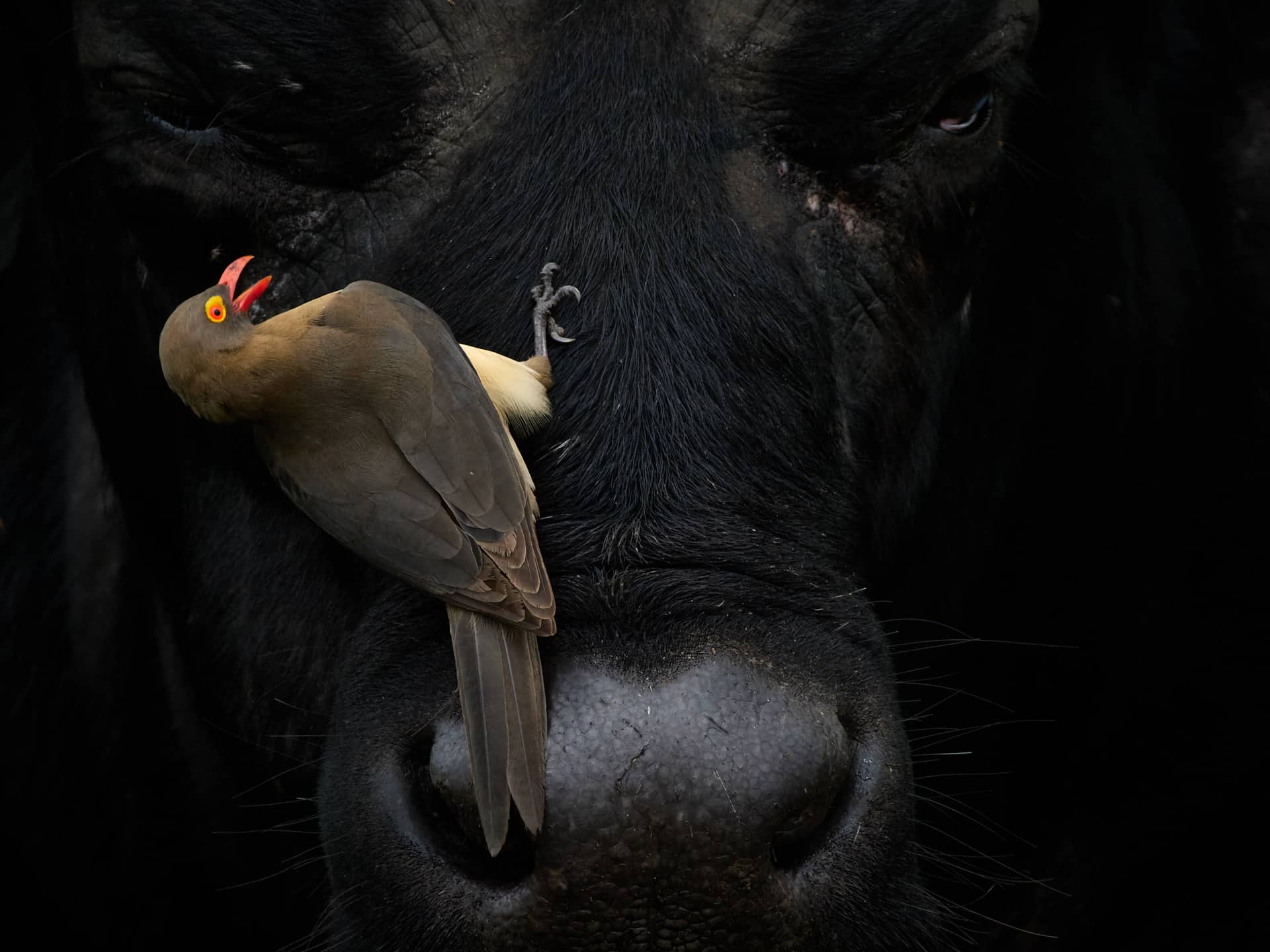
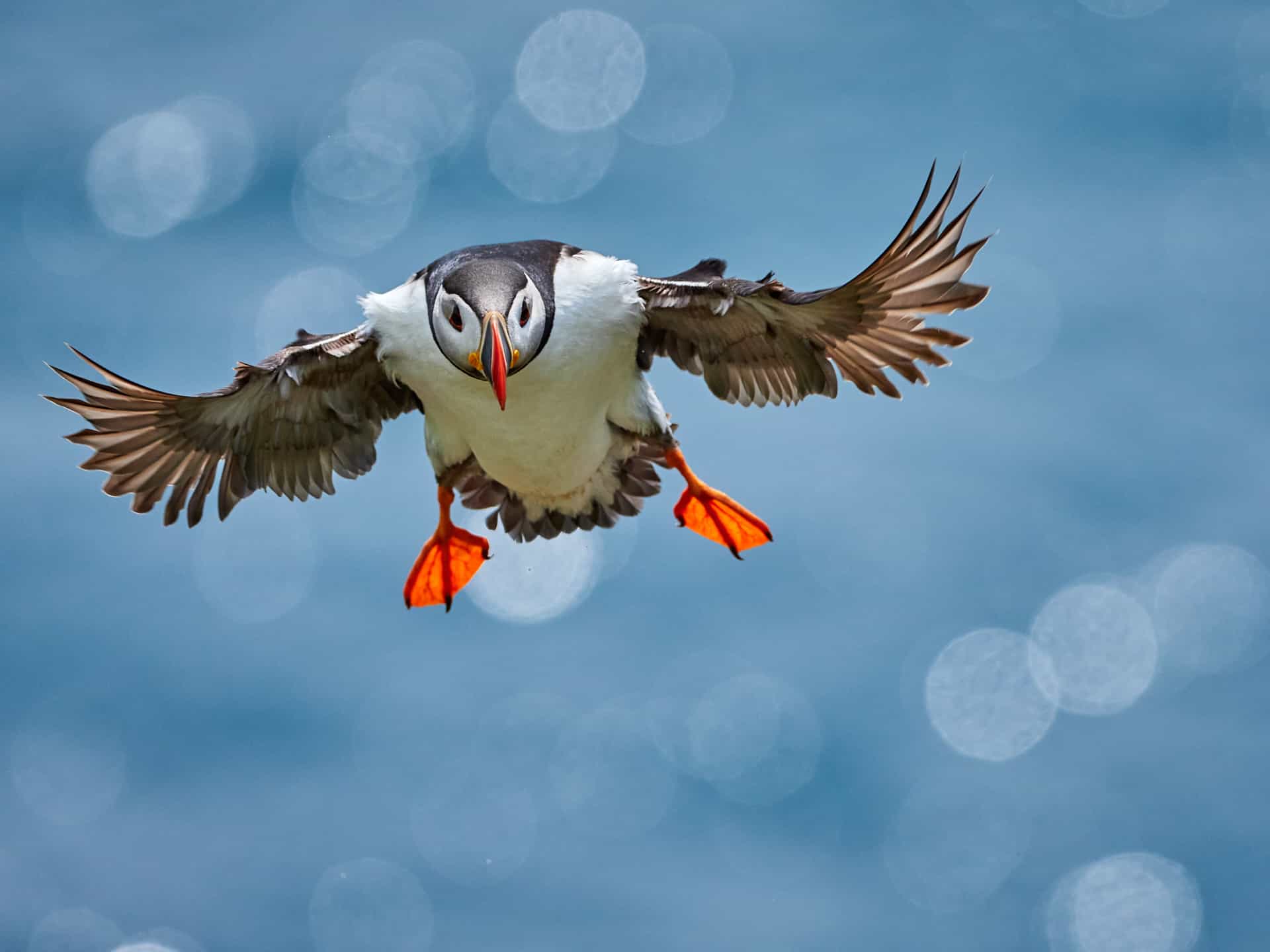
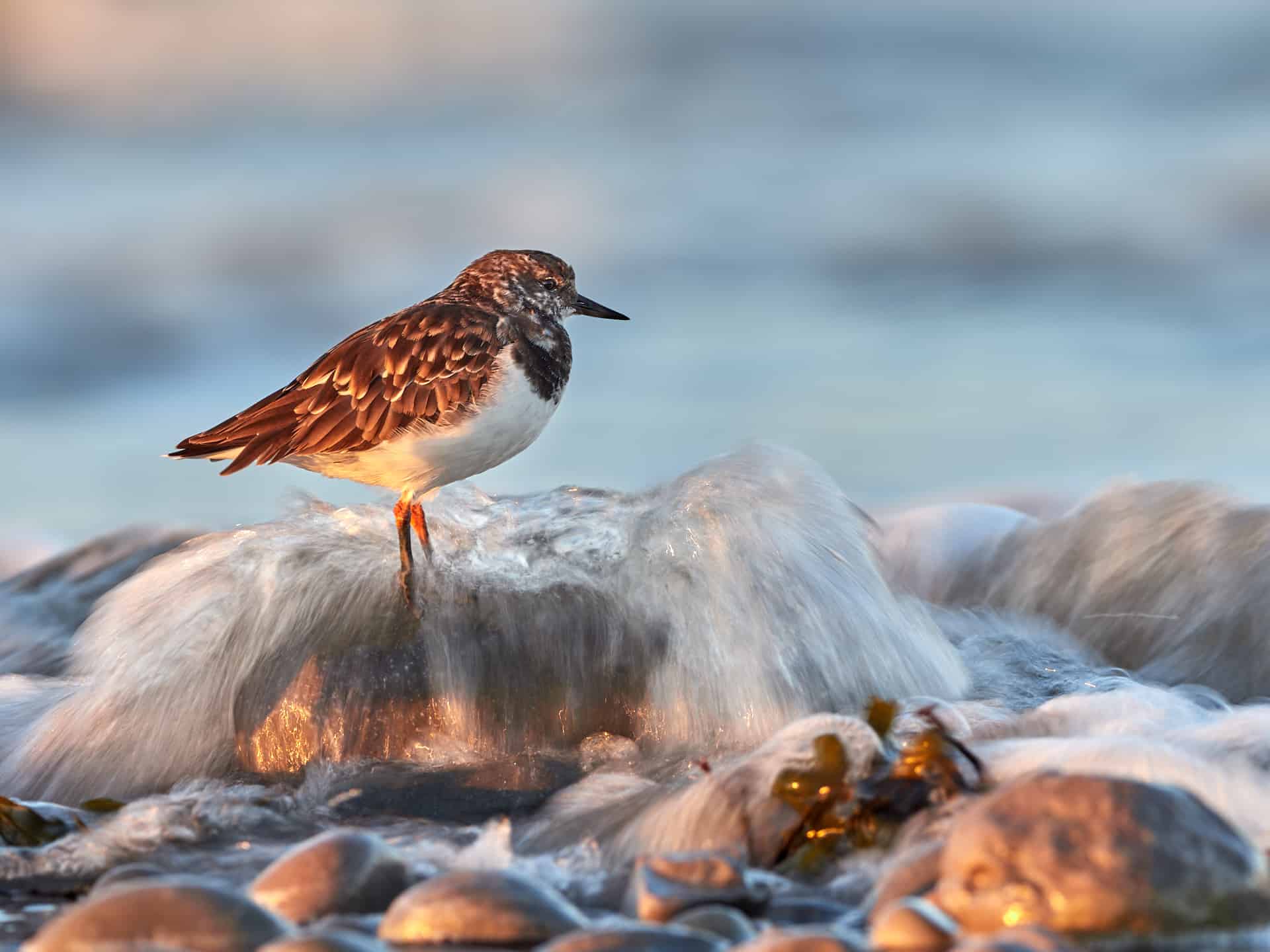
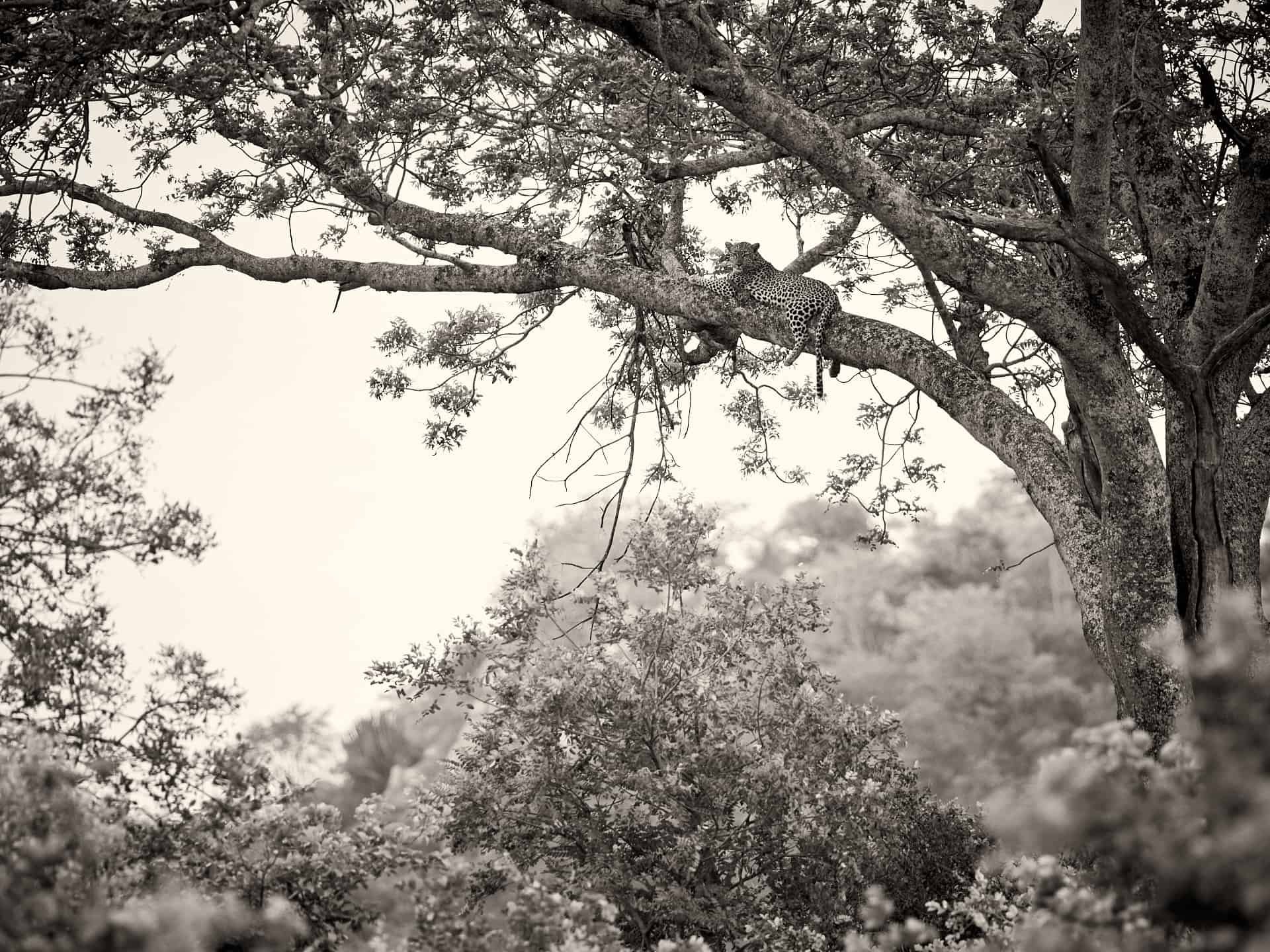

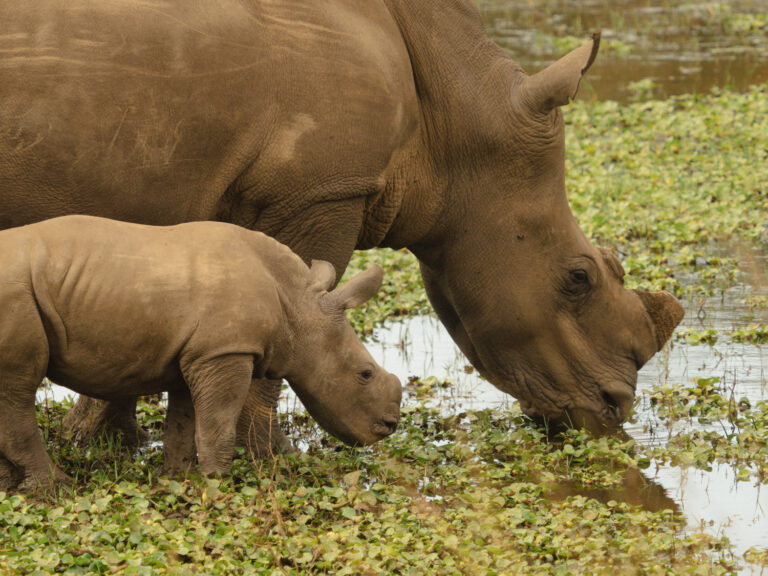
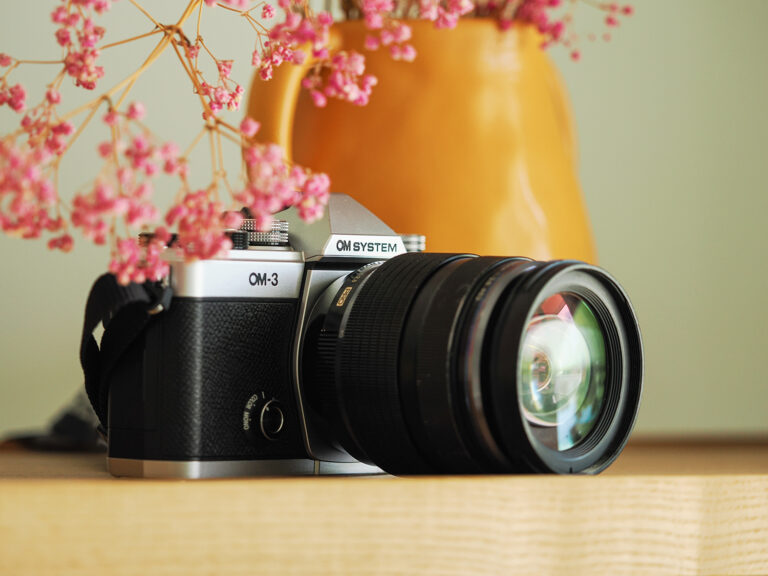
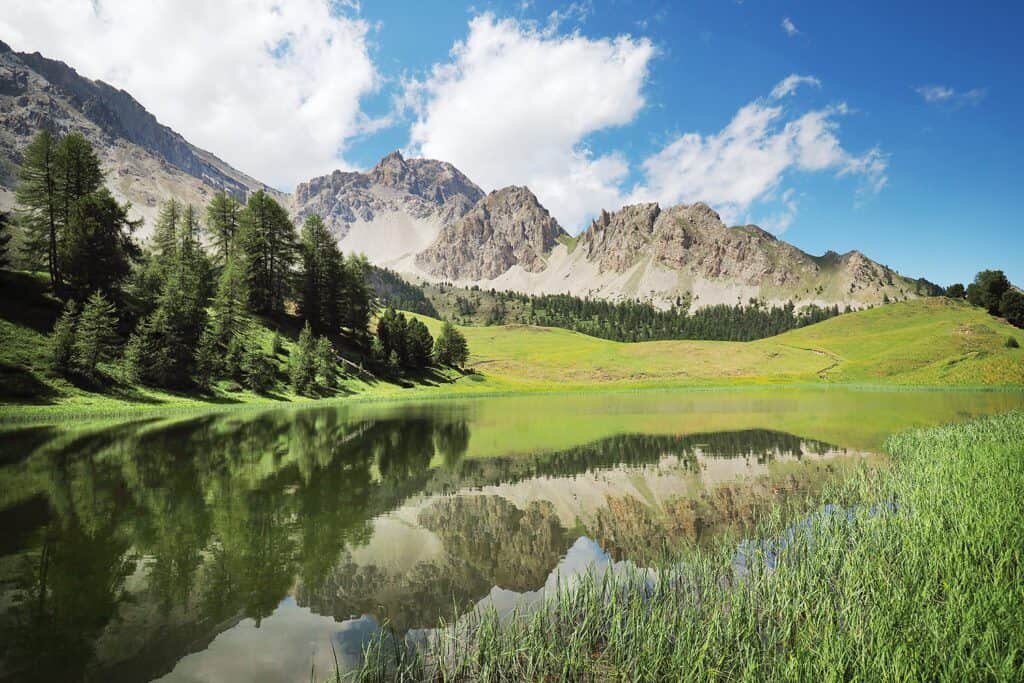
Blog Comments
Tania Wicks
August 9, 2021 at 6:10 pm
Great article!!
Lisa Michele Burns
August 12, 2021 at 10:44 pm
Glad you enjoyed reading it Tania, love Rob’s work!
Ivor Rackham
August 12, 2021 at 9:04 pm
Fabulous interview of a fantastic photographer, and a really nice guy too. I really enjoyed the read and your site is now bookmarked.
Lisa Michele Burns
August 12, 2021 at 10:45 pm
Thanks for reading Ivor, I agree completely and appreciate you bookmarking the site!